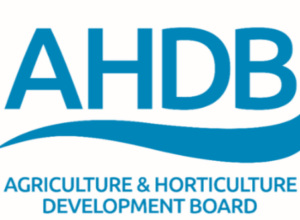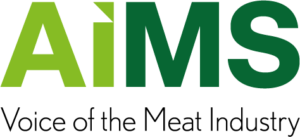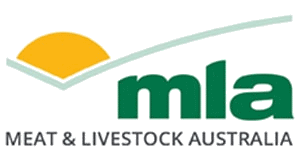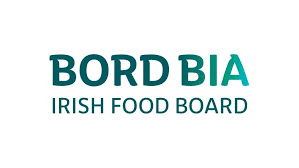UK Livestock Market: Prices Up, Slaughter Down
Weekly Cattle and Sheep Market Wrap: Prices Rise Amid Slaughter Decline
Cattle Market
The GB overall all-prime cattle price saw a substantial increase of 10p/kg week-on-week, reaching 663p/kg. R4L prices for both steers and heifers climbed to 675p/kg, reflecting strong market demand. The estimated slaughter number for prime cattle was notably down, with a 5% decrease compared to the previous week.
In the week ending 15 March, GB deadweight cattle prices continued their upward trend. Overall steer and heifer prices grew by 10p/kg from the previous week, reaching 665p/kg and 663p/kg respectively. Young bulls also saw a similar increase, up 11p to 644p/kg. Deadweight cow prices rallied after muted growth in the previous week, showing an increase of 9p/kg to reach 495p/kg. This rise is the greatest for a month, suggesting it is following similar trends to prime cattle.
The estimated slaughter for GB prime cattle was down for the week ending 15 March, with an estimated kill of 33,800 head, representing a 5% drop compared to the previous week. Cow estimated slaughter followed a similar trend, down 700 head to an estimated 8,400 head.
Red meat retail performance indicates that although prices have begun to increase year-on-year, with the average price paid up 5.7%, volumes have remained relatively constant. This suggests good demand for beef despite the consumer starting to see some uplift in prices, which will be an important watchpoint over the coming months.
Sheep Market
For the week ending 15 March, the GB deadweight old season lamb SQQ averaged 739p/kg, remaining flat compared to the previous week. This price is down 51p compared to the same week in 2024. The estimated kill was down by 10,500 head on the previous week, totaling 225,700 head, a significant drop of 4.5% on the week and 6% on the year.
Reports suggest that heavier stock appears to be dominating the market. This is supported by Defra carcase weights in February 2024, showing a slight month-on-month uplift, indicating that larger lambs that have had more time to grow are supporting supply at this time.
As the market continues to evolve, stakeholders will be closely monitoring these trends to make informed decisions. The rise in cattle prices and the steady lamb prices amidst declining slaughter numbers highlight the dynamic nature of the livestock market.
Original story: AHDB



